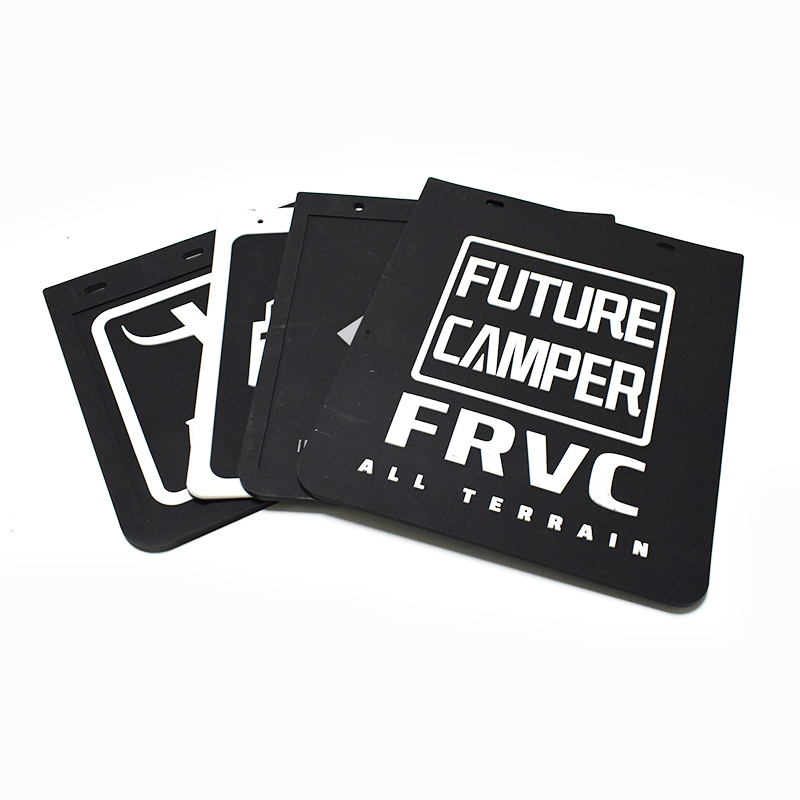What Are You Looking For?
When it comes to driving, the unexpected can often be found where the road meets the elements. Rain, mud, gravel — all pose potential hazards that can impact both the cleanliness and functionality of a vehicle. Enter mud flaps, those unassuming but vital appendages that shield cars and trucks from the perils of road debris.

Material Matters
The choice of material for mud flaps is far from arbitrary. It’s a crucial decision that affects not only the durability and effectiveness of the flap but also its environmental impact and aesthetic appeal. Traditionally, mud flaps were made from rubber, prized for its flexibility and resistance to weathering. Rubber remains a popular choice today, especially for its ability to endure harsh conditions without cracking or warping.
Beyond Rubber
Yet, innovation in materials has broadened the options available to automotive designers. Thermoplastics, such as polyethylene and polypropylene, have gained traction due to their lightweight nature and recyclability. These materials offer comparable durability to rubber while often being more environmentally friendly throughout their lifecycle.
Performance in Practice
The performance of mud flaps hinges not only on their material composition but also on their design. Effective flaps must strike a balance between rigidity and flexibility, capable of withstanding impact from stones and debris while maintaining their shape and coverage area. The curvature and size of a mud flap are engineered to optimize protection, ensuring that dirt and water are deflected away from the vehicle’s body panels and undercarriage.
Environmental Considerations
In an era increasingly attuned to environmental concerns, the choice of mud flap material can play a role in reducing a vehicle’s carbon footprint. Manufacturers are exploring biodegradable materials and recycling initiatives to minimize waste and energy consumption associated with production.
The Aesthetic Touch
Beyond functionality, mud flaps contribute to a vehicle’s visual appeal. Customizable in color and design, they can be branded with logos or slogans, adding a touch of personality to an otherwise utilitarian component.
Looking Ahead
As automotive technology evolves, so too will the materials and design of mud flaps. From advanced composites to smart materials capable of self-cleaning or adaptive rigidity, the future promises further innovations in both performance and sustainability.
In conclusion, while often overlooked, mud flaps are integral to the longevity and cleanliness of vehicles. Their material composition not only affects their durability and performance but also reflects broader environmental and aesthetic considerations. As drivers and manufacturers continue to prioritize efficiency and sustainability, the evolution of mud flap materials will undoubtedly play a pivotal role in shaping the cars and trucks of tomorrow.